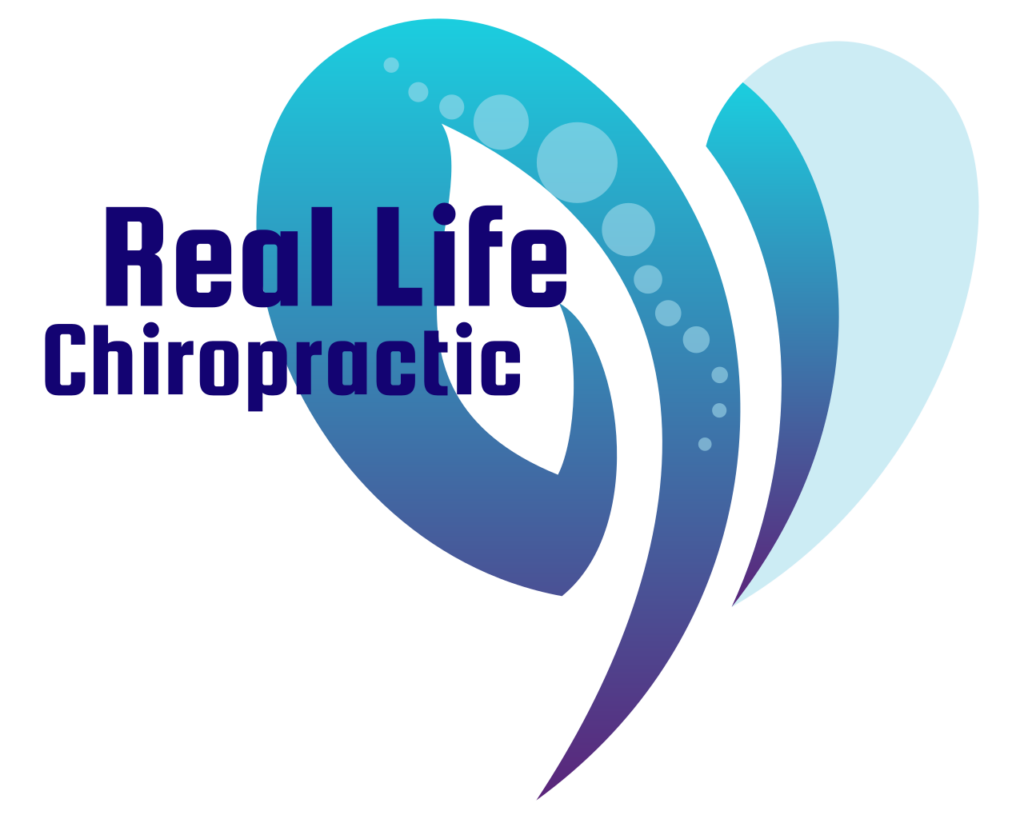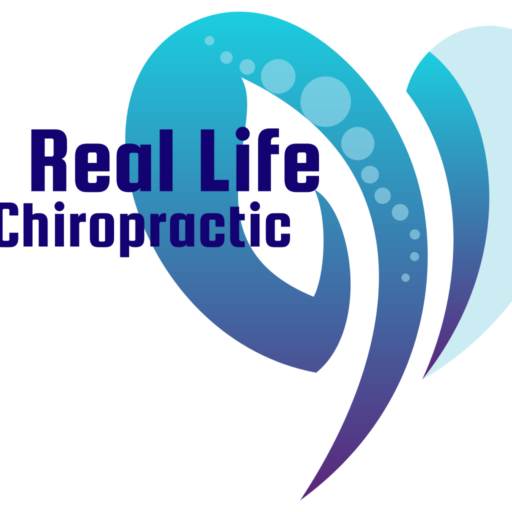Day 8 Sleep Patterns normalized through Breathing
50-70 million US adults have a sleep disorder. Driving tired is responsible for 1,550 fatalities and 40,000 nonfatal injuries yearly.1 Could something as simple as breathing help with sleeping? Yes! A big reason why people are tired is due to a lack of oxygen in the brain.
Deep diaphragmatic breathing using various forms of mindfulness practices helps to calm our nervous system down and reduce stress. Since stress is being reduced we can also find great benefit in doing Qigong to help our sleep.2
A very simple way to do this would be when you’re laying down on your back in bed for the night, place your hands gently on your lower abdomen. While breathing in and out through your nose gently and slowly, feel your lower abdomen with your hands rise as you inhale and lower as you exhale. Once you get the feel for how to breathe with your lower abdomen, place your arms and hands to your sides on the be. While still breathing slowly, imagine all the muscles in your body relaxing starting from your scalp and go all the down your face to your neck and chest. Then move to your arms and fingers. Continue on to your back and abdomen and to your legs and feet/toes. Take a deep breath in again with your belly and exhale while relaxing 10x as much everything in your body.
References:
1. https://www.sleepassociation.org/about-sleep/sleep-statistics/
2. Zou, L., SasaKi, J. E., Wang, H., Xiao, Z., Fang, Q., & Zhang, M. (2017). A Systematic Review and Meta-Analysis Baduanjin Qigong for Health Benefits: Randomized Controlled Trials. Evidence- based complementary and alternative medicine : eCAM, 2017, 4548706
Till next time. Thank you,
Day 8 Sleep Patterns normalized through Breathing Read More »







